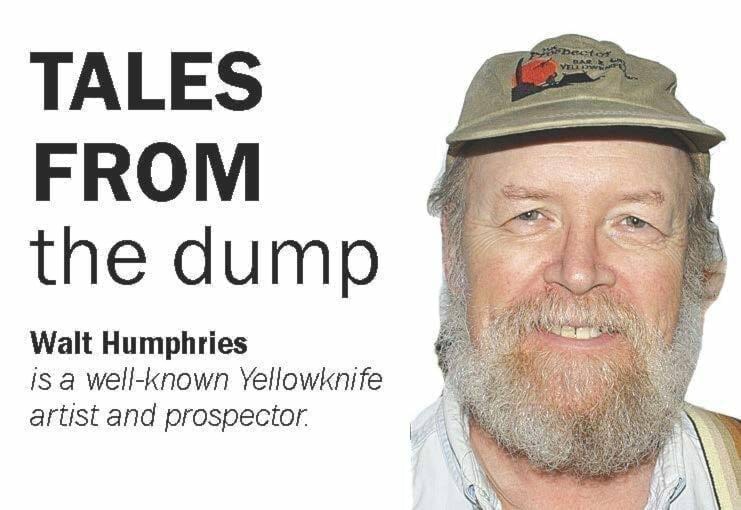I like snow. I always have and probably always will. In moderation, of course.
Now, I know there are a lot of people out there who don’t particularly like snow and ice, but both really are amazing natural phenomena. Also, whether you believe it or not, they are an important part of this planet’s geology.
Snow is a mineral because the definition of a mineral is a ‘naturally occurring inorganic solid with a definite chemical composition and a crystalline structure’. Snow is made up of ice crystals mostly from water. When it falls to the ground it forms a bed of snow which follows all the rules of sedimentation. So when you are watching a snowstorm, you can also learn a whole bunch of geology. The layer of snow, if it gets deep enough or has been laid down by the wind, can start to compress and form a sedimentary rock.
If you can take a snow knife or machete and carve out blocks of snow, you are holding a block of snow sedimentary rock. If people drive over it and pack it down, the heat and pressure they create can turn it into a much harder snow-metamorphic rock akin to ice, which is another type of rock.
Now I know that a lot of people have trouble wrapping their mind around these ideas but that’s the way nature works. So when I see a snowstorm, I get a little excited, especially when it blows around and forms snow drifts, which follow the same rules as sand dunes. On big lakes or out on the barrens, the wind turns the snow surface into ridges or dunes that are usually at right angle to the wind direct. Prevailing winds will form one set of ridges and a windstorm in another direction will form another set of ridges.
Before maps and GPS became popular, using these ridges as navigational aids was very important. It helped people navigate to their winter camps and back to their cabin or home community. People were very observant and figured this out, especially in the NWT when Inuit, Dene and Metis went out on the barrens.
Ice crystals are hard and can be sharp, so on a windy day, they help to form ventifacts which are sometimes called wind faceted stones or windkanters. This is a rock that has been abraded, pitted, etched, or polished by wind driven sand or ice crystals. You can find them beside any big lake or on the shores of the Arctic Ocean. Those same strong winds carrying sand and snow can also create hoodoos, which are sort of like pillars with a harder cap rock.
They have hoodoos and ventifacts in Alberta and B.C. and we also have them in the NWT and Nunavut. We just don’t publicize that fact much. In fact, we really lag behind when it comes to geological tourism.
One of my favorite snow formations are snow blobs. A big snow fall comes, and it covers the trees almost completely in white fluffy snow. Then in the following days, that snow compresses a little and the sun and wind slowly reduces the amount of snow and turn it into amorphous blobs which slowly change form and shape to resemble birds, critters, beasts and little folks like gnomes and trolls. They are like clouds — the more you look at them, the more they resemble recognizable things.
Then a change in temperature or the wind comes up and the snow blobs fall and turn into snow bombs, especially if you shake the tree or hit it with an axe as you are staking a claim or putting in a survey line. A blob higher up falls and knocks loose a lower blob and becomes a cascade or avalanche of snow covering all in its path.
In a day working in the bush, you may get snow blobbed dozens of times and the snow on the ground looks like a war zone cratered by snow bombs. Every day, the snow carpet changes a little and records the passing of animals and birds. It really is a wintery magical land.
So, enjoy the winter while it lasts and next time you are out shoveling snow, remember you are moving a mineral deposit. A type of open pit mining, if you will.
